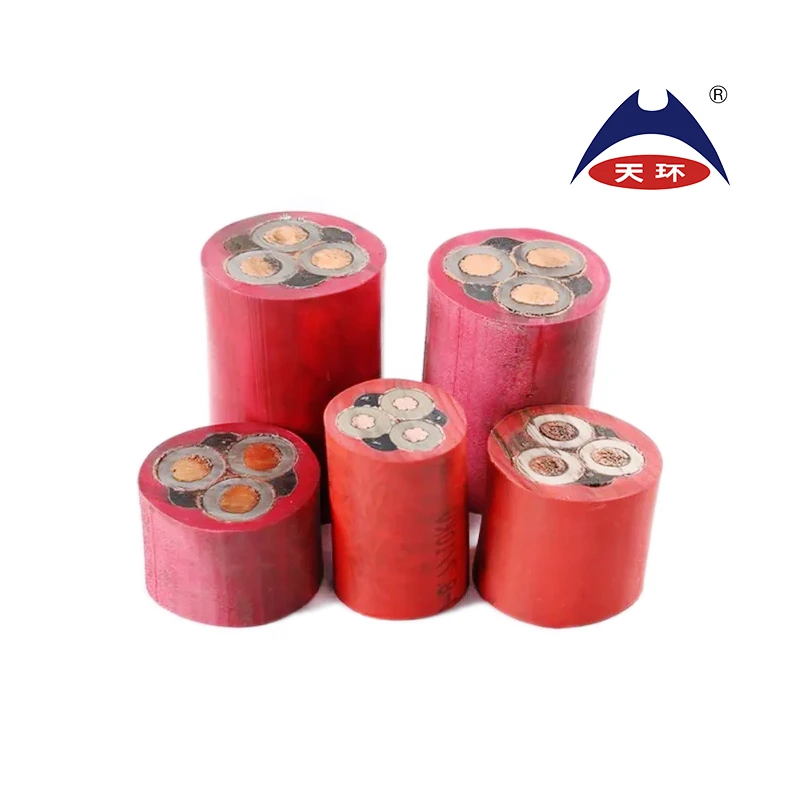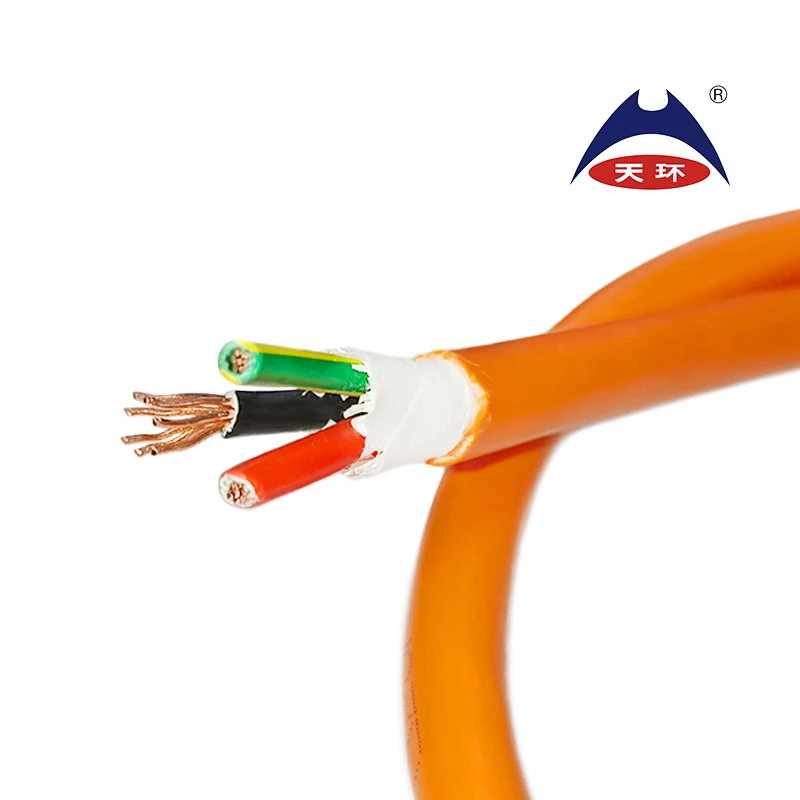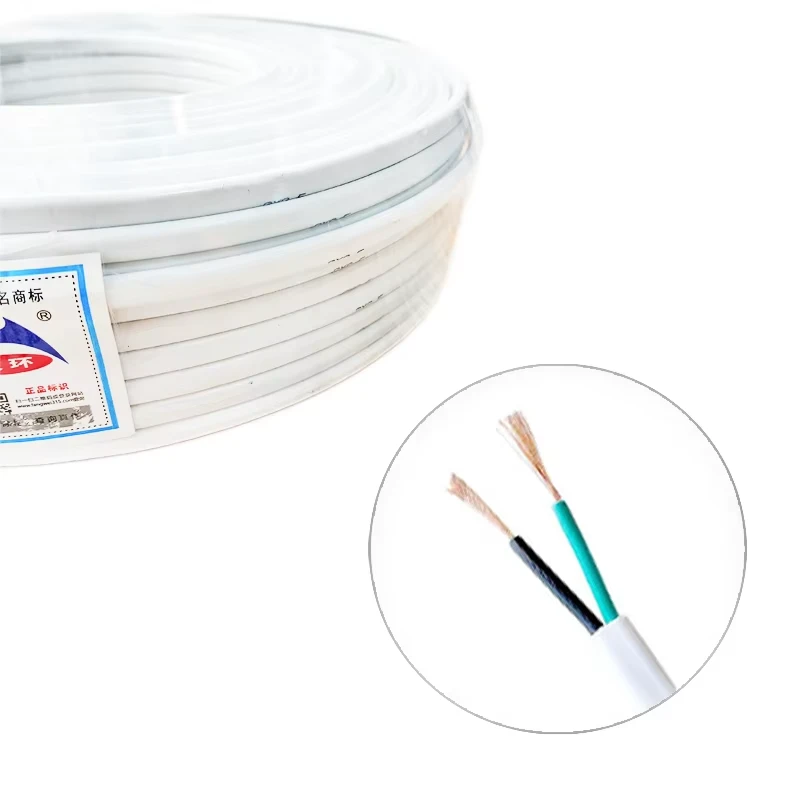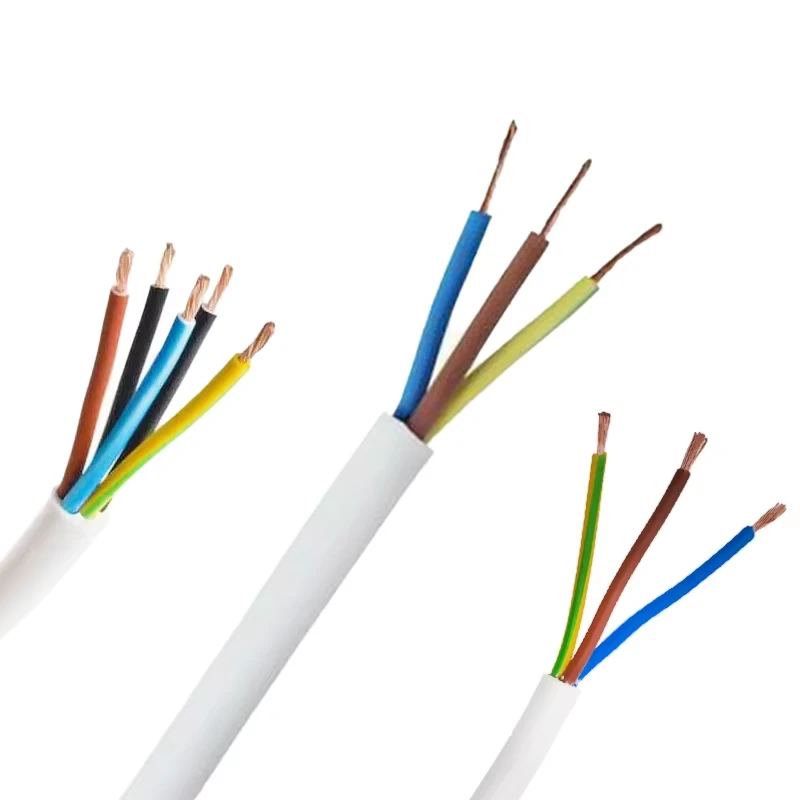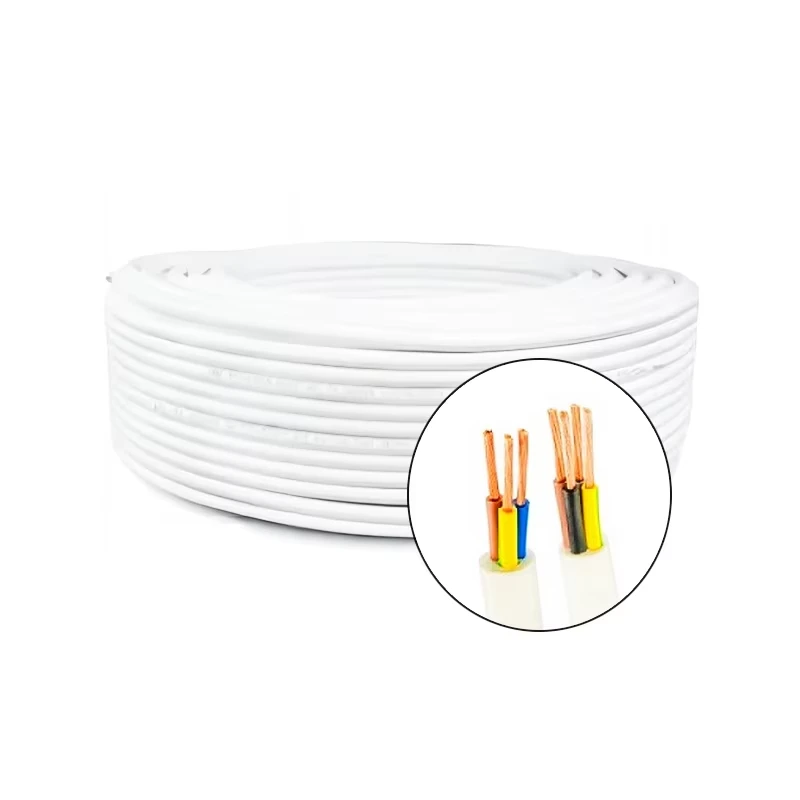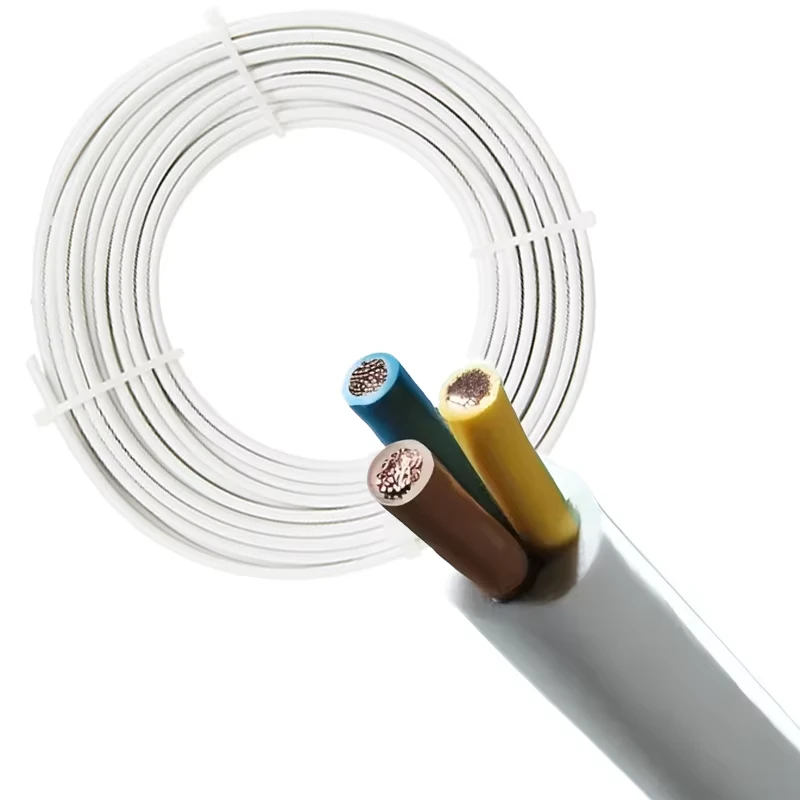
High-Quality Flat PVC Cable – Reliable Flat Rubber Cable Manufacturers & Exporters
- Introduction to flat PVC cable: significance and modern relevance
- Technical features and advantages compared to alternative cabling
- Comparative analysis of flat PVC cable versus flat rubber cables: tabular data
- Profiles and capabilities of leading flat rubber cable manufacturers and exporters
- Customization solutions and emerging trends in cable design
- Real-world application cases: performance and reliability analysis
- Conclusion: Strategic considerations for choosing flat PVC cable in projects

(flat pvc cable)
Introduction: The Importance of Flat PVC Cable in Modern Infrastructure
Across industries spanning manufacturing, automation, construction, and transportation, the flat PVC cable is a critical component of efficient energy distribution and control signal transmission. Over the past decade, the demand for flat PVC cables has increased rapidly, particularly in applications requiring flexible wiring in constrained spaces. According to recent market analysis, the global demand for specialized flat cables grew at a compound annual growth rate (CAGR) of 5.7% from 2018–2023, and the segment is projected to reach a value exceeding USD 3.4 billion by 2030.
What drives this rapid adoption? Flat PVC cables are designed for unique spatial challenges, including elevators, conveyor systems, robotics, cranes, and moving equipment, where round cables are often inadequate due to their bulk and rigidity. Modern assemblies also require cables that support rapid installation without compromising safety or durability, further cementing the role of flat PVC cable in engineering and infrastructure. This overview explores the technical advantages, manufacturing landscape, customization potentials, and practical deployments of these cables, benchmarking them against their rubber counterparts and global manufacturing standards.
Technical Features and Advantages of Flat PVC Cables
The distinguishing characteristic of flat PVC cables lies in their geometry, which enables them to fit into narrow raceways and behind panels while maintaining organized alignment. Core attributes contributing to their performance include:
- Space Efficiency: Flat design reduces the cable bundle height, optimizing cable runs in tight sections and improving airflow in electrical systems.
- Flexibility and Durability: Engineered with high-grade polyvinyl chloride compounds, these cables withstand millions of flexing cycles with minimal wear, outperforming many round cables under similar stress.
- Electrical Protection: Double insulation layers and precise conductor spacing minimize electromagnetic interference and short circuit risk, contributing to safer operations.
- Thermal and Chemical Resistance: PVC sheathing affords a temperature operating range from -25°C to +70°C and resists exposure to oils, acids, and UV radiation, making the cables robust for diverse environments.
- Fire Retardance and Safety Standards: Compliant with IEC 60227, RoHS, and local fire codes, top-tier flat PVC cables support flame retardance and low-smoke emission.
- Cost Efficiency: Material savings and fast deployment reduce total installed costs by up to 15% compared to similarly rated round cables.
Flat PVC Cable vs. Flat Rubber Cable: Comparative Analysis
Selecting between flat PVC and flat rubber cable types requires a clear understanding of operational stresses, environmental exposures, and compliance needs. The following table synthesizes core differences and technical ratings relevant for project engineers and purchasing managers.
| Feature | Flat PVC Cable | Flat Rubber Cable |
|---|---|---|
| Insulation Material | Polyvinyl Chloride (PVC) | Ethylene Propylene Rubber (EPR) or similar |
| Temperature Range | -25°C to +70°C | -40°C to +90°C |
| Flex Life (Bending Cycles) | Over 1 million cycles | Over 2 million cycles |
| Chemical Resistance | Good (oils, acids, UV) | Excellent (oils, solvents, extreme chemicals) |
| Flame Retardance | High (compliant with IEC 60332) | Very high (self-extinguishing) |
| Weight (per meter, 4x16mm²) | ~560 g | ~670 g |
| Cost per meter (avg., USD) | ~$1.50 | ~$2.20 |
| Key Applications | Elevators, automation, cable carriers | Heavy-duty mining, cranes, outdoor equipment |
| Lifespan (avg., controlled usage) | 8-10 years | 10-15 years |
While flat rubber cable manufacturers tend to prioritize premium durability for heavy industry sectors, the lower cost and ease of customization make flat PVC cable the preferred choice in less severe environments and large-scale engineered systems. The data above underscores the specific scenarios where each cable excels, informing best-fit cable selection for diverse installations.
Leading Manufacturers and Exporters: Marketplace Benchmark
The global supply chain for flat flexible cables is served by a spectrum of flat rubber cable manufacturers and specialized flat rubber cable exporters. Evaluating their capabilities is crucial for project planners seeking consistent performance, compliance, and after-sales support.
Top attributes when assessing manufacturers and exporters:
- Certifications: Seek IEC, VDE, UL, or EN standards compliance for export markets.
- Production Capacity: Advanced automated plants can achieve output of over 500,000 meters/month, ensuring timely delivery for large-scale builds.
- R&D Investments: Industry leaders allocate up to 7% of annual revenue to new material development, resulting in lighter, more efficient, and safer products.
- Customization Expertise: Capability to engineer cables with specific conductor counts, insulation colors, or halogen-free sheathing materials.
- Global Logistics: Top exporters maintain bonded warehouses near key shipping ports and provide real-time tracking for international clients.
Customization and Future Trends in Flat Cable Design
Custom-engineered flat cables offer competitive differentiation for OEMs and system integrators confronting challenging installation parameters. Key customization options include:
- Core Arrangement: Configuring parallel, twisted, or screened conductor cores for control, power, or hybrid applications.
- Sheath Materials: Offering options such as low-smoke zero-halogen (LSZH), thermoplastic elastomer (TPE), and anti-rodent properties, depending on deployment environment.
- Color Coding and Print Marking: Facilitates on-site assembly and maintenance in complex panel layouts.
- Dimensional Tolerances: Custom width and height profiles are tailored for machine tools, medical devices, and aerospace platforms where space is at a premium.
- Transmission Features: Incorporation of fiber optic or coax elements within the same flat cable profile to support data and power in a single assembly.
Application Cases: Performance-Driven Deployments
Successful deployment of flat PVC cable in the field depends not only on product conformity but also on how well the cable integrates into operational workflows. Highlighted below are representative deployments and their outcomes:
- Elevator Systems, Europe: Installation of customized flat PVC control cables in a new 800-unit residential complex achieved a 32% reduction in electrical installation time and a 22% decrease in maintenance call-outs due to superior flex life.
- Airport Baggage Handling, Asia: Flat PVC power and signal cables were used to retrofit conveyor networks across 10 terminals, improving system uptime from 94% to 99.6% annually while withstanding over 1.1 million flexing cycles in two years.
- Automated Warehousing, North America: By leveraging multi-core flat PVC cables within robotic shuttles, a leading e-commerce firm optimized routing density, freed up 18% more space for inventory within cable trays, and cut cable replacement costs by $120,000 per annum.
- Solar Tracker Systems, Australia: Flat PVC cables selected for ruggedized UV-resistant sheathing demonstrated resilience against harsh sunlight and temperature swings, extending replacement intervals beyond six years.
- Overhead Cranes, Middle East: In a steel plant retrofit, a mix of flat rubber and flat PVC cable was benchmarked; PVC variants halved the installation duration, supporting more rapid commissioning without performance trade-offs.
Conclusion: Making the Right Flat PVC Cable Selection
The evolving landscape of industrial automation, real estate development, and energy distribution continues to elevate the profile of the flat PVC cable as a strategic enabler of progress. By combining technical excellence, material efficiency, and versatile customization, flat PVC cables present an optimal solution for projects prioritizing adaptability and cost control. Comparative insights against flat rubber cable manufacturers and exporters further clarify the ideal fit for varied operational conditions, from controlled indoor installations to demanding outdoor environments.
As innovations accelerate and interdisciplinary demands grow, investing in cables that align with both present and future system requirements is paramount. Detailed due diligence—encompassing manufacturer benchmarking, application case review, and adaptation to local regulatory codes—empowers project leaders not only to achieve seamless integration but also to maximize return on infrastructure investment. By leveraging best practices in flat PVC cable selection, organizations are positioned to lead in safety, efficiency, and sustainable performance for years to come.
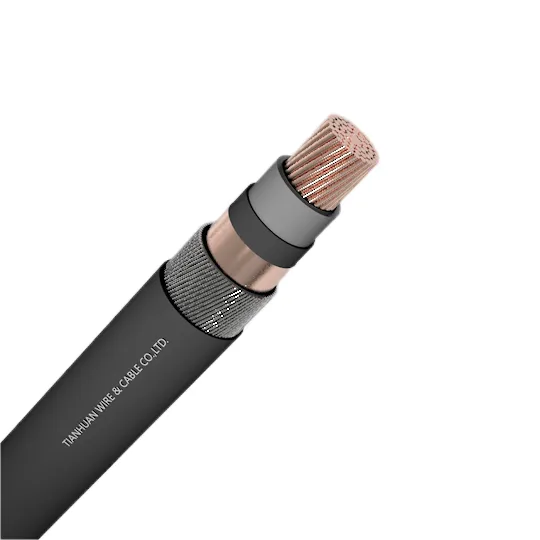
(flat pvc cable)
FAQS on flat pvc cable
Q: What is a flat PVC cable?
A: A flat PVC cable is an electrical wire with a flat construction, insulated with polyvinyl chloride (PVC). It is commonly used where space-saving wiring is required.Q: Who are leading flat rubber cable manufacturers?
A: Leading flat rubber cable manufacturers include companies like Polycab, Havells, and RR Kabel. They offer a variety of high-quality products for industrial use.Q: What are the benefits of choosing flat PVC cable?
A: Flat PVC cables are flexible, easy to install in confined spaces, and resistant to moisture. They are ideal for lifts, cranes, and conveyor systems.Q: Can flat rubber cable exporters ship internationally?
A: Yes, most flat rubber cable exporters offer international shipping to a wide range of countries. Check with the exporter about certifications and shipping policies.Q: How is a flat PVC cable different from a round cable?
A: Flat PVC cables are designed for compact installations and easier handling, while round cables are more suitable for general wiring. The choice depends on the specific application and space constraints.-
The Quantum Leap of XLPE Cable in Power DistributionNewsMay.29,2025
-
Mastering the Essentials of Building WireNewsMay.29,2025
-
Innovative Horizons of Rubber Trailing CablesNewsMay.29,2025
-
Exploring the Versatile World of Rubber CablesNewsMay.29,2025
-
Decoding the Mysteries of Building CablesNewsMay.29,2025
-
Advancements Redefining Control Cable TechnologyNewsMay.29,2025
-
Why It's Time to Replace Old Rubber CablesNewsMay.28,2025





